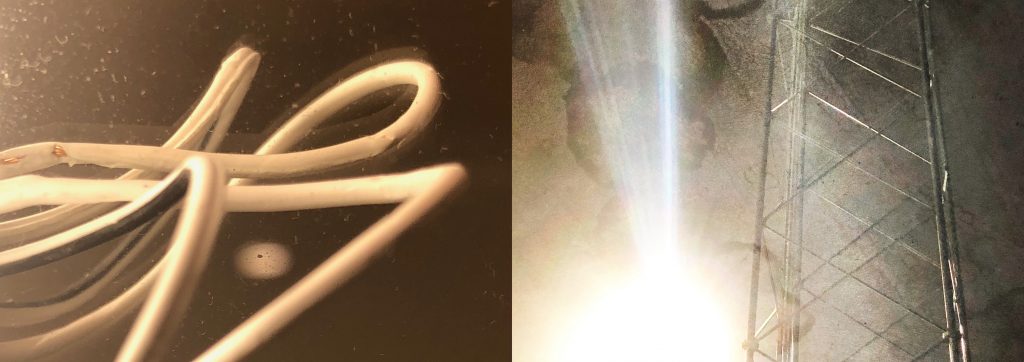Mundania take form when technologies and systems disappear from consciousness. When new and emerging technologies and vast organisational complexity is ignored, veiled by the fabric of everyday life. Mundania take form through processes of domestication and mundanisation.

¶ Everyday life is characterised by mundanisation. Organisational intricacies, interests and infrastructures become obfuscated and bland. Especially when everything work as expected. Mundanisation is a transformative process through which technological and organisational complexity is camouflaged and turned into the ordinary, into the normal. Assemblages of technologies, people and things gradually become part of ignored infrastructures and integrated with unreflected patterns of behaviour. This take place although the assemblages are incomprehensible, wild, beyond the finite, too complex to control, fathom and master.
¶ Mundanisation addresses how a layer between overwhelming, even ominous complexity and commonplace everyday life is engendered when technologies are used. It moves beyond understandings of technologies as something that become domesticated. It is not about something wild becoming tamed and domesticated or converted step-by-step into parts of everyday life. Instead it captures how complex arrangements of technologies and human organisation maintain its´ incomprehensible unmanageability, while still being transmuted into the ordinary, the mundane, the commonplace in people’s everyday lives.
¶ Now is the time to explore Mundania. To recognise its variations, its similarities and differences across contexts and times. To listen, look, learn and reflect. To search for the cracks. To see how the light comes in, to peer through the shimmer. That’s the rationale behind this collection of provisional accounts called The Mundania Files. To learn more about the Mundania-concept, start with Mundania 2020. New and old files can be found listed on the page Files.